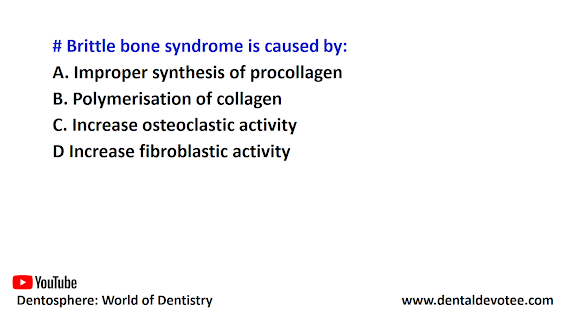# Mandible is the common site for Ameloblastoma due to:
a. SMO mutation
b. BRAF mutation
c. p53 mutation
d. SH3BP2 mutation
The correct answer is B. BRAF mutation.
Mutations in the oncogenes BRAF (kinase signaling pathway) in mandibular tumors and SMO (hedgehog signaling pathway) in maxillary tumors have been discovered in a large proportion of
ameloblastomas. Drugs developed to inhibit the mutated proteins of these genes may have a role in the future treatment of ameloblastomas. Mutations of the p53 gene do not appear to play a role in the development and growth of ameloblastoma; a role for ameloblastin protein has been identified, although it is not specific to ameloblastoma.







